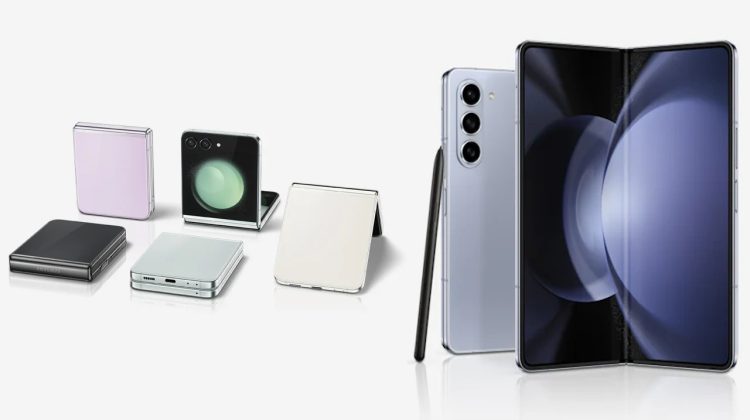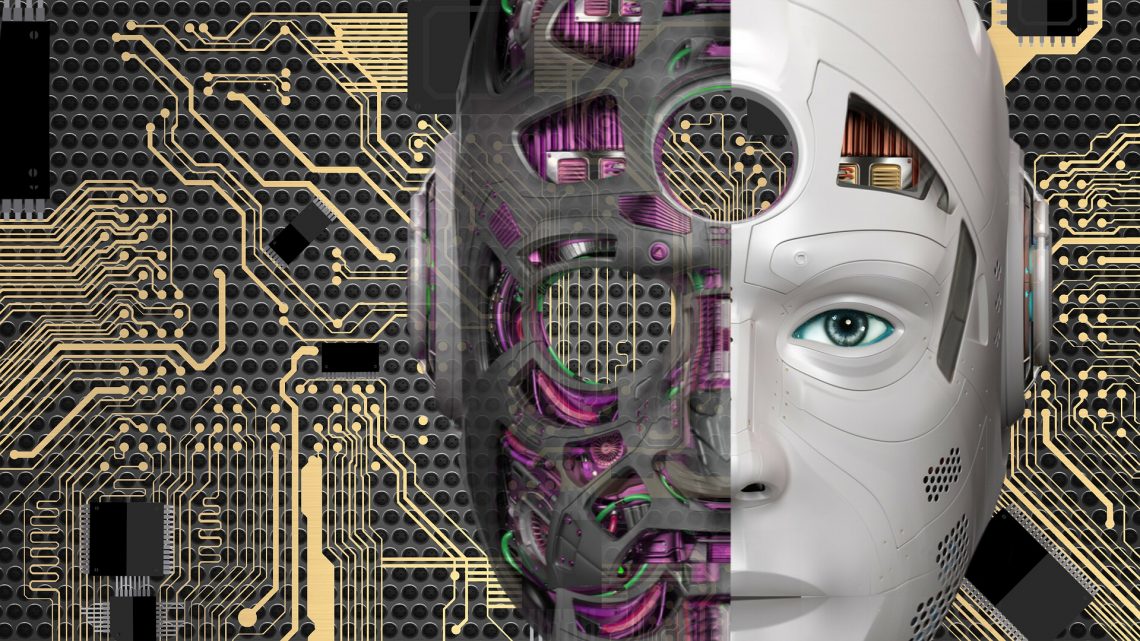An integrated circuit (IC), in digital electronics, is a miniaturized electronic circuit where the various transistors have all been formed at the same time thanks to a single physical-chemical process.
A chip (“small piece”) is the electronic component composed of a tiny plate of the silicon wafer (die), from which the integrated circuit is built. In practice, the chip is the support that contains the elements (active or passive) that make up the circuit. Sometimes the term chip is used to indicate the integrated chip as a whole.
It is made starting from a die of a semiconductor wafer (generally silicon) through different possible integration scales and represents the core or core or processing device of the processor. The integrated circuit is used, in the form of a digital or analog logic network, for processing functions or processing of inputs expressed in the form of electrical signals, in order to obtain output data. The design of the integrated circuit is due to Jack St. Clair Kilby, who in 1958 built the first example consisting of about ten elementary components, for which he won the Nobel Prize in Physics in 2000.
History
The first “integrated circuit” concept dates back to 1949 when German physicist Werner Jacobi of Siemens AG patented an integrated-like amplifier circuit that featured five transistors on a single three-stage substrate. Jacobi patented the system for use as a hearing aid, as typical industrial use.
The next original idea was presented by the British Geoffrey Dummer (1909–2002), a scientist who worked at the Royal Radar Establishment on behalf of the Ministry of Defense. Dummer publicly presented the idea at the “Symposium on Progress in Quality Electronic Components” in Washington D.C. on May 7, 1952. He made several publications on his idea but failed to concretely realize it even in 1956.
Between 1953 and 1957, Sidney Darlington and Yasuro Tarui of the Electrotechnical Laboratory (now National Institute of Advanced Industrial Science and Technology) proposed a chip where several transistors were shared on a monolith, but there was no p – n junction isolation separating them. The principle of p-n junction insulation is a key concept behind semiconductor integrated circuits as it allows each transistor to operate independently even if present on the same silicon surface.
The creation of monolithic integrated circuits (chips) was made possible by the process of surface passivation, which electrically stabilized the silicon by thermal oxidation, making it possible to manufacture the devices. Surface passivation was invented by Mohamed M. Atalla at Bell Labs in 1957.
This made possible the planar process, developed by Jean Hoerni at Fairchild Semiconductor in early 1959. Atalla with his process allowed to electrically isolate diodes and transistors, allowing the creation of such devices to Kurt Lehovec at Sprague Electric in 1959, and to Robert Noyce of Fairchild the same year, a few months later.
Description
These systems are the essential hardware components of data processing systems such as computers (eg processor or CPU). Microprocessors and microcontrollers are the integrated circuits present on many electronic devices. The electronic circuit is made on a substrate of semiconductor material (generally silicon but also gallium arsenide or other) called “die” and can consist of a few units up to a few hundred million elementary electronic components (transistors, diodes, capacitors, and resistors ). The term integrated refers precisely to the presence of a large and often high concentration, as a function of the so-called integration scale and in a small area, of basic electronic components useful for processing the incoming signal.
The cost of manufacturing an integrated circuit varies very little (or remains constant) as its complexity increases, so it is much more convenient to develop complex circuits, composed of a series of internal stages interconnected with each other and with the outside, that centralize all the functions necessary for a specific appliance. As such, the microelectronics industry offers relatively few types of general-purpose ICs, but tens of thousands of special-purpose ICs, each designed for a specific purpose.
The cost of retail sales to the public is quite low, varying between $ 2 and 8 depending on the type, while the increase over time in the number of electronic components integrated into the chip follows Moore’s law.
The complexity of a microcircuit, measured for example by the number of transistors per chip, doubles every 18 months and hence quadruples every 3 years
Integrated components
In an integrated circuit, transistors and diodes can be easily integrated. It is possible to create even small resistors and capacitors in the semiconductor substrate, but generally, the latter components take up a lot of space on the chip and the tendency is to avoid their use, replacing them when possible with networks of transistors. It is also possible to integrate inductors, but the value of the inductances obtainable is very small (in the order of nano henry (nH)). Their use is very limited due to the enormous occupation of the area that they also require, even if only for making inductors of very small value. Furthermore, the manufacturing technology of integrated circuits (not dedicated to very high frequencies), and therefore the considerable parasitic effects, significantly limit their performance, especially when compared to classic inductors, not on integrated circuits. These integrated inductors are usually used in radio frequency integrated circuits (LNA – Low Noise Amplifier, mixer, etc.), for example at frequencies around gigahertz (GHz). Medium and large capacity capacitors cannot be integrated at all. On the other hand, various types of integrated devices are available with the relay function, that is devices equipped with logic inputs, by means of which to interrupt or divert even multiple analog signals.
The package
An integrated circuit can be made with various types of packages:
- DIL or DIP (Dual In-line Package)
- QFP (Quad-edged Flat Package)
- HQFP (Heat sink Quad Flat Package): QFP with high thermal dissipation
- VQFP (Very small Quad Flat Package): ultra-thin plastic QFPs
- BGA (Ball Grid Array)
- μBGA (micro Ball Grid Array): BGA with reduced pitch
- FF896: BGA flip-chip with reduced pitch and 896 contacts
- FF1152: BGA flip-chip with reduced pitch and 1152 contacts
- PLCC (Plastic Leaded Chip Carrier)
The package can be in metal, plastic resins, or ceramic. The category of custom circuits includes packages in both standard and non-standard formats, the latter having a unique shape and pinout, and manufacturers of high-class electronic measuring instruments are widely used. It has been in use for some time by manufacturers to mark the component (at least the most popular ones), with the production date consisting of a 4-digit number, the first two indicate the year, the following the week.
In the last ten years, manufacturers have established the use of SMD (Surface Mounting Device) versions of electronic components and integrated circuits, because they are smaller and save the need to drill the component holder, greatly simplifying assembly operations performed on robotic production lines.
Integration ladder
The integration scale of an integrated circuit gives an indication of its complexity, roughly indicating how many transistors are contained in it. Based on the scale of integration, the circuits can be classified into:
- SSI (Small Scale Integration): less than 10 transistors.
- MSI (Medium Scale Integration): 10 to 100 transistors.
- LSI (Large Scale Integration): 100 to 10000 transistors.
- VLSI (Very Large Scale integration): 10000 to 100000 transistors.
- ULSI (Ultra Large Scale Integration) (not widely used): up to 10 million transistors.
For higher numbers of transistors present, the integration is defined as WSI (Wafer Scale Integration), being able to contain an entire computer.
Linked to the integration scale is the performance capacity of the integrated circuit, which increases with the number of transistors in accordance with Moore’s law.
The production process
The starting material is a circular wafer of semiconductor, called substrate, this material, generally already lightly doped, is further doped by ion implantation or by thermal diffusion to create the active zones of the various devices (e.g. p and n zones in the transistor); then a series of thin layers of different materials are deposited, grown by epitaxy or thermally:
- Layers of polycrystalline semiconductor (defined as electronic grade EGS, Electronic Grade Silicon, i.e. silicon with less than one impurity per billion atoms and therefore very pure);
- Thin insulating layers;
- Insulating oxide layers, much thicker;
- Metallic layers (silicides or metals such as aluminum, tungsten, or more rarely copper) for electrical connections.
The geometry of the areas to receive the doping and that of the various layers is imprinted on the substrate with a photolithography process: each time the integrated circuit being processed must receive a new layer or new implantation of dopants, it is covered with a thin film photosensitive, which is impressed through a very high definition photographic negative (called “mask” or “layout”).
The illuminated areas of the film become soluble and are removed by washing, leaving the underlying chip uncovered, ready for the next phase of processing, selective removal, or doping of the areas without the photosensitive film.
Once the creation of the chips on the substrate is finished, they are tested, the substrate is cut and the chips are encapsulated in packages with which they will be mounted on the printed circuits through connections or pins.
Types
Integrated circuits are mainly divided into two broad categories: analog and digital. There are types of circuits that do not fall into these two: they have particular functions, less commonly used, such as, for example, Active Filters or sample and hold. Manufacturers group them into specialized sub-categories.
The analog ones are designed to process analog signals (that is, they can vary continuously overtime in an arbitrary way), while the digital ones are designed to deal with binary digital signals, which can only take on two different “legitimate” values. An example of a generic analog IC is the operational amplifier, while examples of digital ICs are logic gates, multiplexers, and counters.
Historically, the first integrated circuits were digital, developed for the first computers. These ICs adopted internal RTL wiring diagrams (from Resistor Transistor Logic), i.e. they integrated a series of semiconductor resistors for internal polarizations: subsequently the resistors were replaced with diodes, obtaining DTL (Diode Transistor Logic) diagrams, and about thirty years ago even the diodes were replaced with transistors, and today most of the digital integrated circuits on the market are TTL (Transistor-Transistor Logic).
There is a family called ECL (Emitter Coupled Logic) whose operating principle was realized in 1956 in the IBM laboratories; less widespread than the others but still used today, it is characterized by an extremely fast switching speed, at the expense of the very high current consumption.
Depending on the type of transistor used, the integrated circuits then divide further into Bipolar if they use classical bipolar transistors or CMOS (Complementary Metal Oxide Semiconductor) if they use MOSFET transistors. In the 1990s, Intel developed a new hybrid technology for its microprocessors, called BiCMOS, which allows you to use both types of transistors on the same chip.
Versions on the market
As with many electronic components, including diodes and transistors, integrated circuits are also marketed in two or more versions, each having different electrical and thermal performances. Since the chips do not all have perfectly identical electrical characteristics, the manufacturer makes a selection, dividing the same circuit into two or more performance bands. The package can also be different.
The parameters on which the selection is made can be the most varied: guaranteed working temperature, percentage of error in the conversion in the case of an A / D converter, degree of linearity of a temperature sensor, guaranteed working voltage, and many others. For example, the LM108 operational amplifier is also marketed in the LM208 and LM308 versions; the first has better performance than the second, including the working voltage, the advantage of being able to power the operational with 18 specular volts instead of 15, allows you to have an output signal with a higher voltage level, or, powered with a lower voltage, guaranteeing greater reliability over time for the circuit in which it is used.
Generally, the operating temperature ranges that can be guaranteed for the most common families of integrated circuits are four:
- the “consumer” range (TV, hi-fi, etc.) 0 ÷ 75 ° C
- the “industrial” range (robotics, automation, industrial equipment) -25 ÷ 85 ° C
- the “automotive” range (applications in the automotive field) -40 ÷ 85 ° C (which tends to replace the “industrial” range)
- the “military” range (medical, military, satellite equipment) -55 ÷ 125 ° C
Obviously, the price of the device also varies considerably from one range to another. The package of the devices in the military range is almost exclusively ceramic.
In some cases, it is the manufacturer of an electronic device himself who makes a further selection, aimed at obtaining the component with even higher characteristics, necessary for the intended use in the circuit in the project.
In extreme cases, when no circuit on the market possesses the characteristics necessary for the current project, the manufacturer designs and manufactures the component himself or entrusts the realization to others; the component will carry a non-commercial abbreviation and may have non-standard characteristics. It will be a custom.
Cost
The manufacturing costs of integrated circuits have significantly reduced over time due to increasingly efficient and automated technologies and the strong economy of scale and have now become electronic circuit components at a relatively low cost.
Recycle
In 2007 IBM developed a method to recycle the silicon contained in the chips, to be able to reuse it for photovoltaic systems. The trial won the “Most Valuable Pollution Prevention Award” in 2007.









No Comment